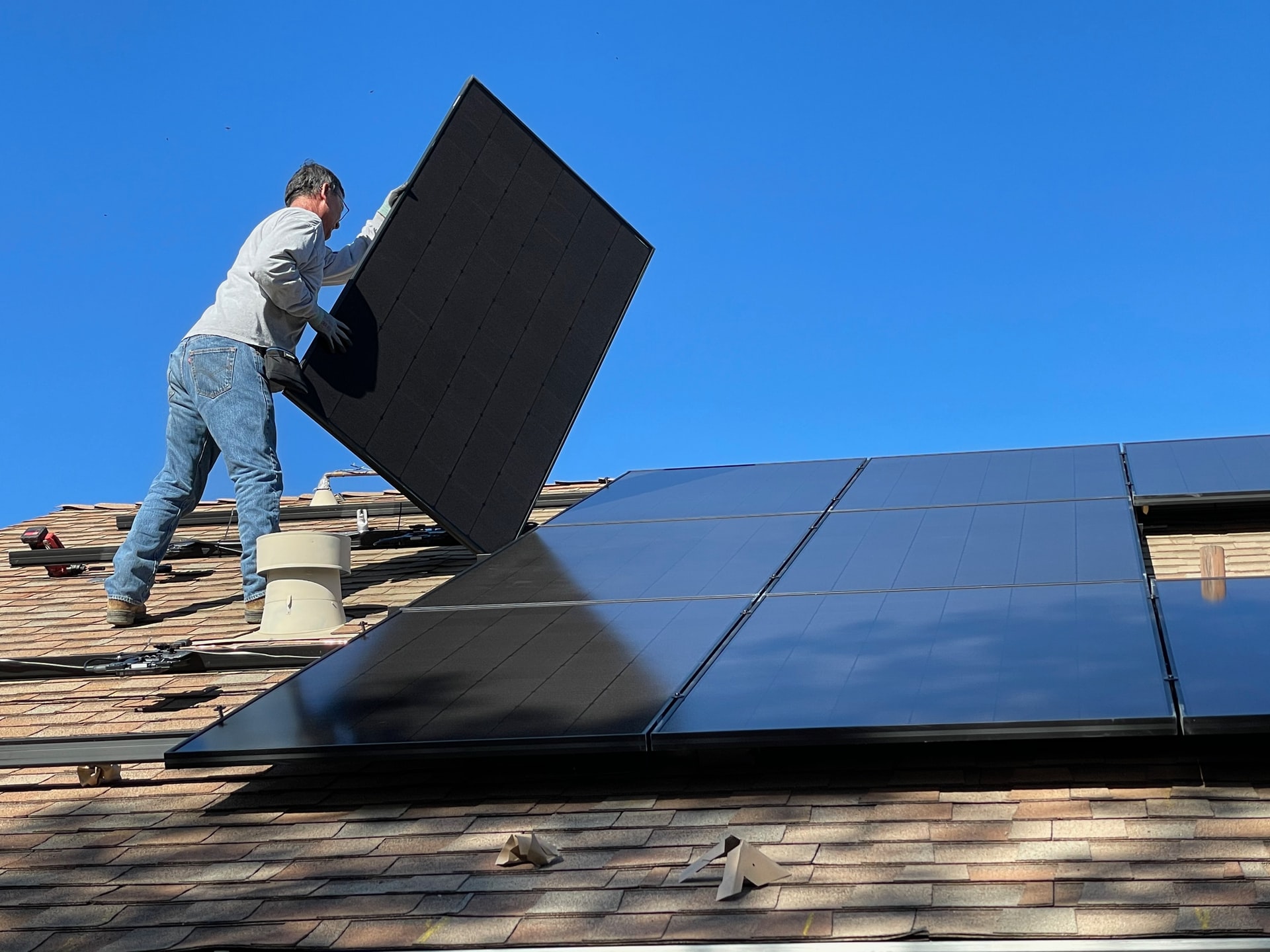Introduction: Lithium and Renewable Energy
The world is transitioning away from fossil fuels such as natural gas, oil, and coal, choosing to embrace more sustainable power sources. Renewable energy has emerged as one of the most popular forms of electricity generation, and has helped lead a shift towards electric vehicles and innovative low-carbon projects. While the adoption of renewable energy makes headlines and is often the lead in policy documents, there are not as many considerations for the energy storage systems that are integral to its implementation.
Renewable energy is sourced from nature by capturing the power of the sun or wind. However, this also means they can be affected by environmental, seasonal and daily cycles that can limit their use or efficiency. This irregular power fluctuation is called intermittency, and previously limited the implementation of renewable energy over fears that it could not replace the high constant, or base-load, power created by the combustion of fossil fuels. This is where energy storage, and lithium specifically, comes into play.
Lithium Batteries as Energy storage
The development of energy storage technology has always been based on the need to have stored energy capable of being used on demand. From phones to remotes, laptops, as well as vehicles – energy storage is critical to their functioning. In a bid to make energy storage more efficient for day-to-day usage, the lithium battery was developed and entered circulation in 1985, quickly beating out most other battery types due to its high-capacity storage properties. The lithium battery has become ubiquitous with daily life, and its inventors were rewarded with a Nobel Prize in Chemistry in 2019.
But the lithium battery is not just the small energy unit that powers your household appliances or personal devices – it can be much, much more. The same properties that made them efficient small batteries are replicated on larger scales. Capable of storing energy created by renewable sources during high production times and releasing it according to demand if power production drops makes lithium batteries a valuable addition to clean energy projects. Likewise, its high energy capacity and its rechargeable properties makes it similarly enticing for use in EVs.
The Transition to renewable energy
Continuous breakthroughs in EV batteries is making them more and more efficient. This coupled with global policies aimed at improving EV manufacturing and its associated infrastructure makes lithium an important commodity. In addition to this, large-scale batteries have been successful worldwide in providing stable, continuous green energy and are being built in Australia, the United States, and Europe to support their shift to a low-carbon future. Whether for vehicles or global energy grids, lithium plays a critical role in the transition to clean energy.
To mitigate the impacts of climate change, a renewable energy transition is crucial, and it cannot happen without a reliable storage medium. Lithium batteries are the answer, as EnergyX Vice-President of Growth Strategy Milda Saenz noted following COP26, “If global governments are serious about their plans to decarbonize and work towards sustainable solutions, then lithium will play a major role in the rapid shift to a low-carbon global economy.” Renewable energy provides clean power that emits little to no carbon emissions, its intermittency being the largest criticism leveled against it, energy storage systems negate that entirely.
Conclusion: Why is lithium critical to the energy transition?
The versatility of lithium batteries means they can be used for EVs and energy grids, and can utilize similar supply chains that can be optimized to provide continuous lithium resources for battery manufacturers. Energy storage and renewables are two of the most important sectors in the global push to net zero, and demand for lithium is soaring.
The rush to secure lithium supply chains to support renewables has led to large shifts in domestic and international policy, as a 2021 report by the U.S. Department of Energy outlines: “By 2030, the United States and its partners will establish a secure battery materials and technology supply chain that supports long-term U.S. economic competitiveness and equitable job creation, enables decarbonization, advances social justice, and meets national security requirements.”
Renewable energy cannot succeed without energy storage; lithium batteries not only reduce the intermittency of certain clean energy sources, but also provide a cheaper, more environmentally friendly alternative to fossil fuels. More work needs to be done to improve the impact that lithium mines have on the environment, but companies like EnergyX are on the verge of a breakthrough that will ensure that lithium becomes more sustainable.

